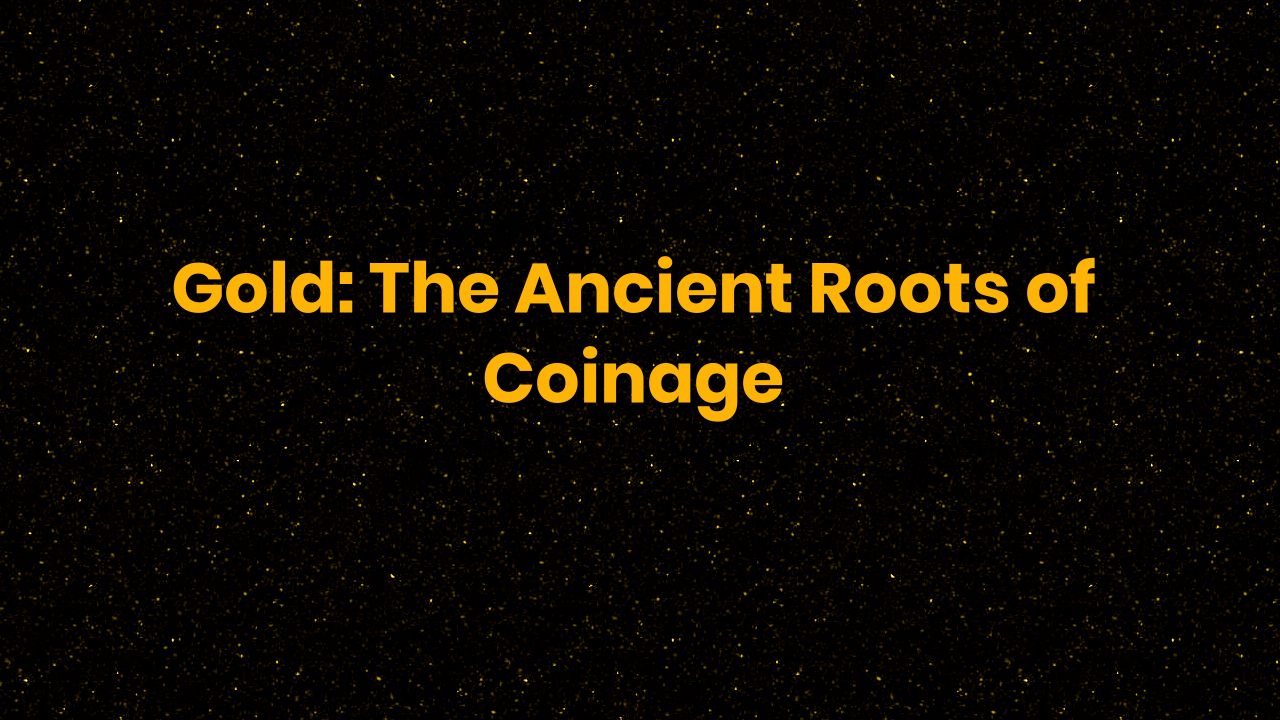
Table of Contents
Introduction: Highlighting the Importance of Gold
For thousands of years, gold has been a symbol of wealth, power, and beauty. Across cultures and civilizations, it has been revered as a precious metal that holds immense value. Gold has been used for many purposes, including jewelry, currency, and investment. It has played a significant role in shaping human history, and its influence continues to this day. In this blog, we will explore the various aspects of gold, from its ancient roots to modern-day uses. We will examine its importance as a currency, investment, and commodity. Additionally, we will analyze the environmental impact of gold mining, as well as its significance in art, fashion, and cultural symbolism.
A Brief History of Gold: From Ancient Times to Modern Era
Gold has been mined for over six thousand years, dating back to the ancient Egyptians and Mesopotamians. It has been found in tombs, palaces, and treasuries, symbolizing the wealth and power of empires. The use of gold spread throughout Europe and Asia, with the Greeks, Romans, and Chinese adopting it for coinage and jewelry. During the Middle Ages, gold became even more valuable, as its rarity and beauty were sought after by royalty and nobility. In the modern era, gold has continued to be a precious commodity and has played an essential role in international monetary systems. Today, gold remains a valuable material, with a multitude of uses ranging from industrial applications to artistic expression.
Gold as Currency: Exploring the Origin of Coinage
Gold has historically been used as currency, with its value largely based on its rarity and the difficulty in extracting it from the earth. The ancient Greeks were some of the first to use gold coins as a form of currency, which made trade more efficient and helped establish cities as economic centers. The Romans also widely used gold coins, and their use spread throughout the world, becoming the standard for global currency exchange. In modern times, gold has backed many national currencies, including the British pound and the U.S. dollar. Its value has been seen as a stable and reliable store of wealth, often in times of political turmoil or economic uncertainty.
The Role of Gold in the Gold Standard: A Key Element of Monetary Systems
The gold standard, which fixed the value of currency to a certain amount of gold, was adopted by many countries during the 19th and early 20th centuries. In the United States, the gold standard was in place until 1971, and its abandonment has been linked to the instability of modern monetary systems. The gold standard played a crucial role in maintaining the value of currency, and its use has been debated as a potential solution to current economic issues, such as inflation and currency manipulation.
Gold as an Investment: Understanding the Benefits and Risks
Gold has also been an attractive investment opportunity, with potential benefits such as a hedge against inflation, portfolio diversification, and safe haven status during times of crisis. However, there are also risks associated with investing in gold, including price volatility, the potential for scams and frauds, and the lack of income generation. Investors must carefully consider the potential risks and rewards of investing in gold and weigh them against other investment opportunities.
The Future of Gold: Anticipating Changes and Trends
The future of gold remains uncertain, as changes in economic and political systems could affect its value and use. However, it is anticipated that gold will continue to be a valuable commodity, particularly in industries such as electronics and medicine. Additionally, the demand for gold in emerging economies such as China and India is expected to rise, potentially driving up the value of the precious metal.
Gold Mining and Environmental Impact: Analyzing the Sustainability of Gold Extraction
Gold mining can have a significant environmental impact, particularly when it involves the use of toxic chemicals such as mercury and cyanide. It can lead to soil erosion, water pollution, and deforestation. However, there are also efforts to make gold mining more sustainable by using more responsible mining practices and reducing the negative impact on local environments and communities.
Gold Jewelry: The Beauty and Value of Gold in Art and Fashion
Gold has long been a symbol of beauty and luxury, and its use in jewelry has been a hallmark of art and fashion across cultures. Gold jewelry is treasured for its durability, rarity, and luster, and it represents a valuable investment for many consumers. Gold has also been used in sculpture, architecture, and other forms of artistic expression, providing a source of inspiration and creative outlet for artists throughout time.
The Cultural Significance of Gold: Examining Its Symbolism in Different Regions
Gold has held significant cultural and symbolic value across many regions and civilizations, representing wealth, power, and divinity. In Ancient Egypt, gold was associated with the gods and was used in funerary rites as a means of protecting the soul in the afterlife. In India, gold is regarded as a symbol of purity and has been associated with many Hindu deities. In many African cultures, gold represents fertility and prosperity, and is used in celebratory and ritual contexts. The cultural significance of gold varies widely and provides insight into the values and beliefs of different civilizations.
Reaffirming the Timeless Value of Gold
Throughout history, gold has been a timeless symbol of wealth, power, and beauty. Its importance has been reflected in myriad uses, from currency to jewelry, and its value has remained high even in times of economic and political turmoil. The future of gold remains uncertain, but its place in human history and its potential for new applications make it a valuable commodity that will continue to influence and inspire for many years to come.
Summary and Conclusion
In this blog, we have explored the many aspects and uses of gold, from its ancient roots to modern-day applications. Gold has been a precious metal that has helped shape human history, with uses ranging from currency to art. Its cultural significance and symbolic value vary across regions and civilizations, but it continues to hold universal appeal as a symbol of wealth and beauty. While there are risks associated with investing in gold, as with any investment, its potential for long-term value makes it an attractive option for many investors. The future of gold remains uncertain, but its importance as a global commodity is unlikely to wane anytime soon.





